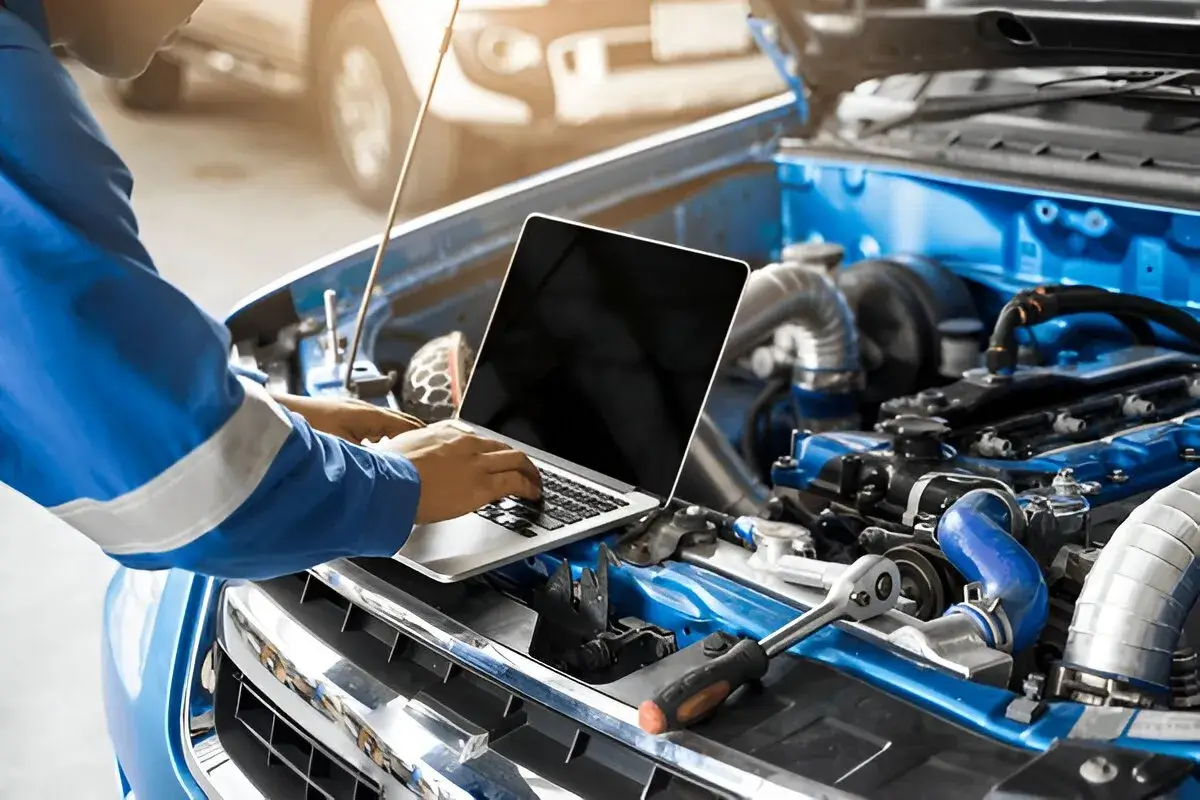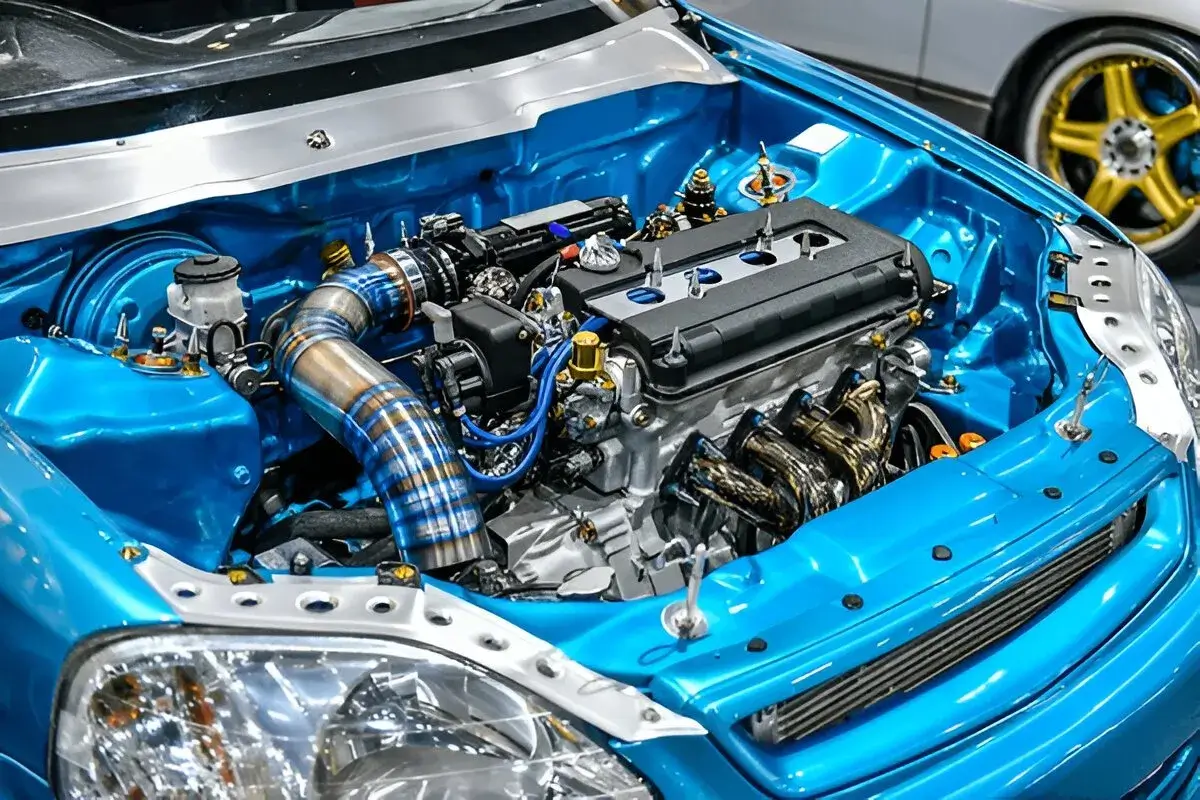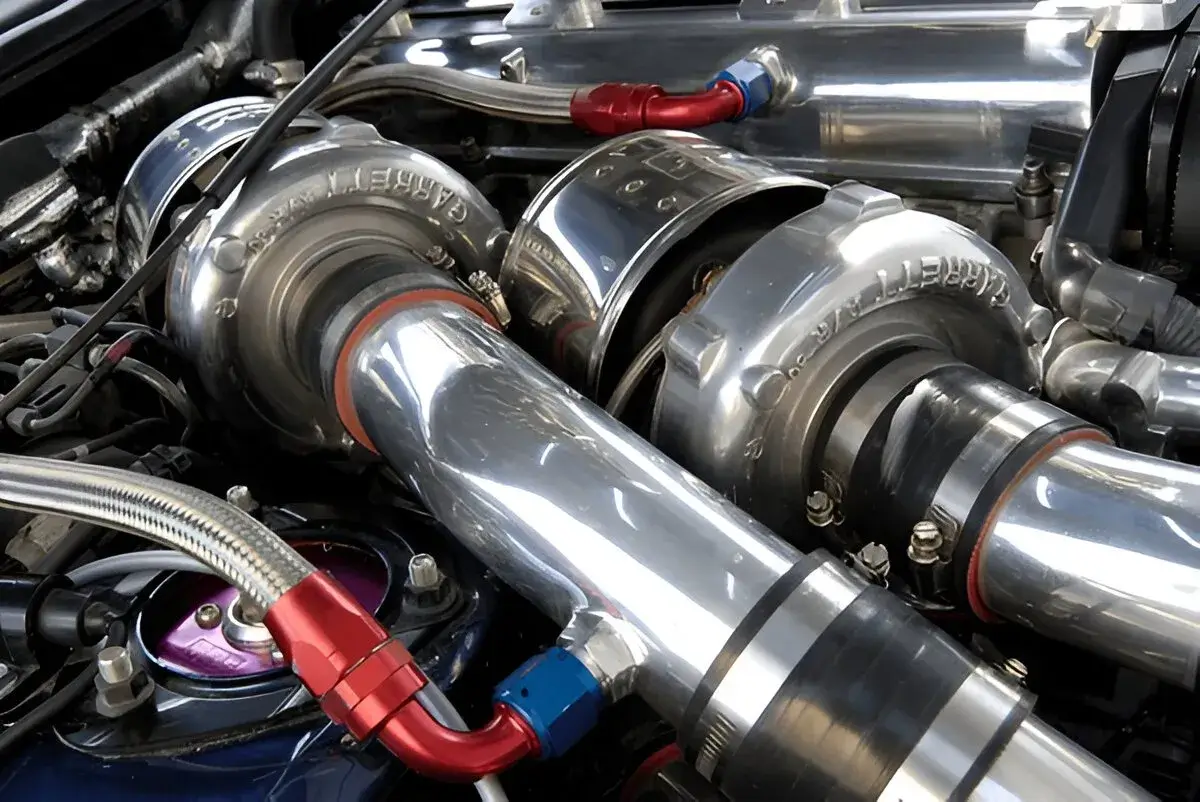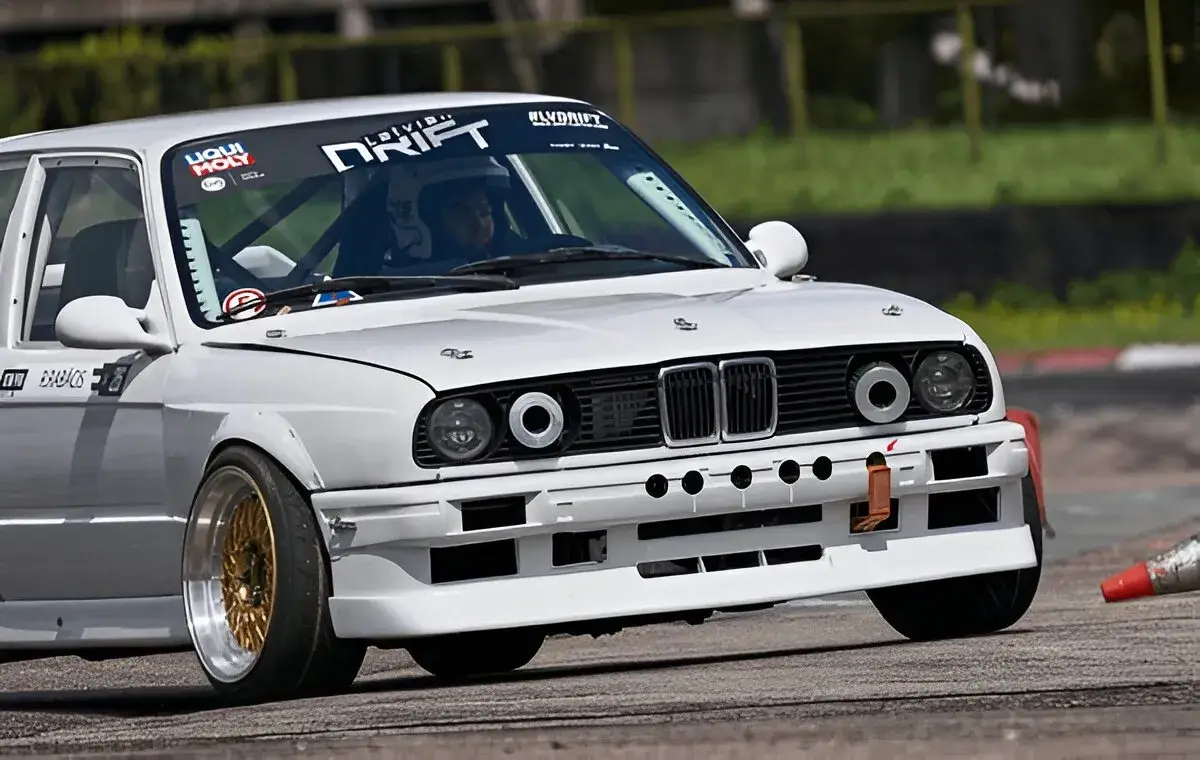What Are the Stages of Tuning in Cars?
Explore the stages of car tuning, from basic modifications to advanced upgrades, and learn how each stage enhances performance effectively.
Car tuning is a captivating journey that goes beyond mere numbers. It’s about transforming your vehicle into a personalized machine that reflects your style and performance needs.
Many automotive enthusiasts dive into tuning to enhance performance, aesthetics, or both. But what are the “stages” of tuning in cars? Let’s explore this concept in detail and break it down into manageable pieces.
Understanding Tuning Stages

Tuning stages refer to levels of modifications done to a car. Each stage represents a different approach to enhancing performance. The higher the stage, the higher the performance.
But the term “stages” can be misleading. It often oversimplifies the complexity of car modifications. Serious tuners focus on how their cars perform, not just on numbers or labels. The idea of stages sometimes feels like marketing jargon used by aftermarket manufacturers to simplify the extensive range of modifications available.
These stages are not universally defined across all automotive communities. Different tuners and manufacturers may have varying interpretations of what constitutes each stage.
However, knowing these stages can help guide your tuning journey.
Stage 1: Basic Modifications
Stage 1 is where most car enthusiasts begin their tuning journey. This stage involves simple changes that can yield noticeable improvements in performance and efficiency.

Key modifications in a stage 1 car include:
- ECU Remapping: The most significant aspect of Stage 1 tuning is remapping the Engine Control Unit (ECU). This process adjusts the software that controls engine parameters such as fuel delivery, ignition timing, and turbo boost. A remap can yield a power increase of approximately 20% to 40%, depending on the vehicle model and engine condition.
- Air Intake Upgrades: Upgrading the air intake system is common in Stage 1 tuning. A high-flow panel filter is added to improve airflow to the engine, leading to better combustion and increased power output.
- Cat-Back Exhaust System: Upgrading to a cat-back exhaust system enhances exhaust flow, improving engine performance and producing a more aggressive sound.
- Lowering Springs: These replace factory springs to lower the vehicle’s ride height, improving handling by reducing body roll during cornering and enhancing the car’s stance.
Stage 2: Intermediate Modifications
In Stage 2, you’ll start making more impactful changes over the Stage 1 mods that require a deeper understanding of your vehicle and its capabilities.

Common modifications include:
- Enhanced Air Intake Systems: These systems maximize airflow even more than Stage 1 intakes.
- Performance Headers: Replacing factory exhaust headers with performance headers enhances exhaust flow, reducing back pressure and improving engine performance.
- Intercoolers: If you add forced induction, an upgraded intercooler is essential. It cools the compressed air before it enters the engine, increasing efficiency and preventing knock (premature combustion). A well-designed intercooler can significantly impact overall performance.
- Coilovers: Improved suspension systems enhance handling and stability at high speeds. Coilovers or adjustable shocks allow you to fine-tune ride height and damping settings for optimal street and track performance.
- Blow-Off Valves: Adding a blow-off valve or diverter for turbocharged vehicles can help manage boost pressure more effectively, preventing compressor surge and improving throttle response.
Stage 3: Advanced Modifications
Stage 3 is where things get serious. Here, you’ll focus on high-performance upgrades that can transform your vehicle into a powerhouse capable of competing on the track with an even more aggressive ECU remap.

Apart from the Stage 2 mods, the modifications in this stage include:
- Forced Induction: Adding a turbocharger or supercharger significantly boosts power output by compressing air entering the engine. This modification allows for more fuel and oxygen during combustion, leading to substantial gains in horsepower—often exceeding 50% compared to stock configurations.
- Major Engine Internals: Upgrading components like pistons and rods allows your engine to handle more power safely. Forged parts are often used for added strength and durability under extreme conditions. Additionally, upgrading camshafts can optimize valve timing for better airflow at high RPMs.
- High-Performance Brake Systems: Upgraded brakes are necessary for stopping power when you increase speed. Larger rotors, better callipers, and high-friction brake pads ensure reliable stopping performance under demanding conditions.
- Enhanced Fuel Injectors and Fuel Pump: Upgrading these components ensures the engine receives adequate fuel for higher power outputs.
- Downpipe Upgrade: This allows exhaust gases to exit the turbo faster, reducing backpressure and increasing turbo efficiency. The result is improved throttle response, increased horsepower, and a more aggressive exhaust note.
Beyond Stage 3: Race and Extreme Modifications
If you’re truly passionate about tuning, you may venture into Stage 3+ or Stage 4 and beyond. These stages are for those who want maximum performance—often at the expense of practicality.

Common modifications include:
- Complete Engine Rebuilds: At this level, you’ll likely rebuild your engine from scratch with high-performance parts tailored for racing applications. This includes everything from crankshafts to custom pistons designed for specific boost levels.
- Custom Setups for Racing Applications: This includes weight reduction strategies like removing unnecessary components or adding roll cages for safety during competitive events. Also, consider installing racing seats with harnesses for better driver support during aggressive manoeuvres.
- Advanced Aerodynamics: Adding spoilers, splitters, or diffusers can improve downforce at high speeds, enhancing stability during cornering.
- Weight Reduction Strategies: Removing unnecessary components from your vehicle can significantly improve acceleration and handling. Consider lightweight wheels or stripping out non-essential interior parts if focused on track performance.
Performance Gains on Each Stage of Tuning
It is important to note that the actual gains depend on factors such as the baseline performance of the vehicle, the quality of parts used, and tuning expertise. Here’s a rough figure on what to expect at each tuning stage.
Stage 1
The combination of these modifications typically results in noticeable performance improvements (generally around 10-20%). For example, a vehicle like the VW Golf Mk6 GTI can see power increases ranging from 50 to 75 horsepower with just an ECU remap alone.
Stage 2
After Stage 2 tuning, vehicles typically experience a horsepower increase of 20% to 40% over stock figures, depending on the specific modifications made. At this stage, consider upgrading your vehicle’s clutch or transmission components if applicable.
Stage 3
Stage 3 modifications deliver significant power increases—often exceeding 50% over stock. Take the case of a Volkswagen Polo GT TSI. This build features a K04 turbocharger, which significantly boosts airflow and pressure. The owner also upgraded the intercooler and exhaust system for improved heat dissipation and exhaust flow. With these modifications, the car achieves power outputs exceeding 300 horsepower (stock power = 108 horsepower).
Stage 3+
These modifications can yield extreme performance but are often not street-legal due to noise regulations or safety standards. You’ll also need to consider maintenance costs and practicality; race-ready cars require constant attention and care.
Conclusion
Understanding that tuning stages can vary by vehicle make and model is essential. Different manufacturers define stages differently based on their products and goals.
Aftermarket companies often use these stages as marketing tools to simplify complex modifications into easy-to-understand categories. However, serious tuners know that true tuning is about understanding what each mod does or how it affects their car’s performance.
Before making substantial changes to your vehicle, it’s highly advisable to consult with experienced professionals. Also, Remember that responsible tuning is about more than just increasing horsepower. Prioritize quality parts, professional installation, and regular maintenance to ensure your tuned vehicle remains safe and enjoyable.
